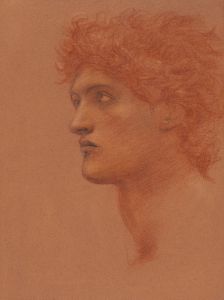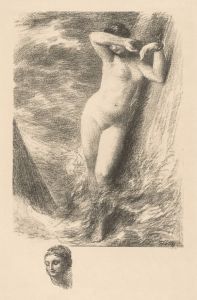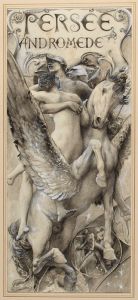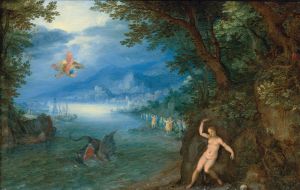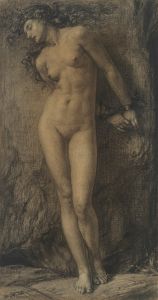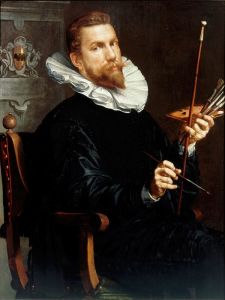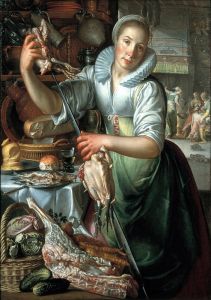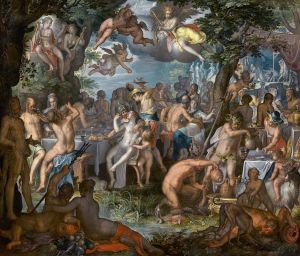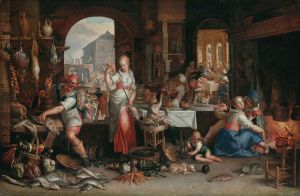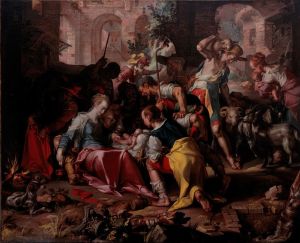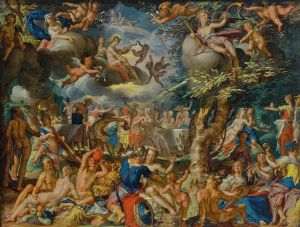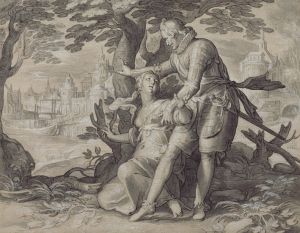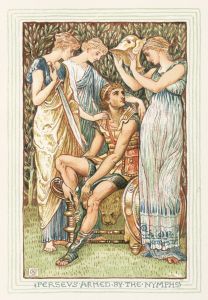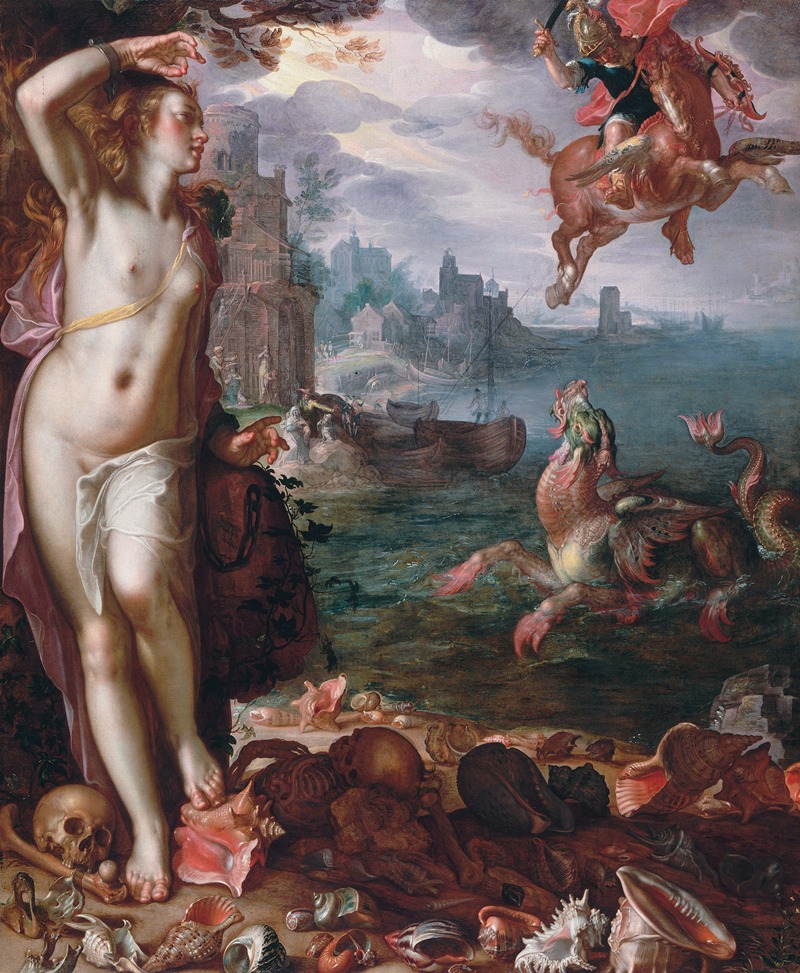
Perseus Releases Andromeda
A hand-painted replica of Joachim Wtewael’s masterpiece Perseus Releases Andromeda, meticulously crafted by professional artists to capture the true essence of the original. Each piece is created with museum-quality canvas and rare mineral pigments, carefully painted by experienced artists with delicate brushstrokes and rich, layered colors to perfectly recreate the texture of the original artwork. Unlike machine-printed reproductions, this hand-painted version brings the painting to life, infused with the artist’s emotions and skill in every stroke. Whether for personal collection or home decoration, it instantly elevates the artistic atmosphere of any space.
"Perseus Releases Andromeda" is a painting by the Dutch Mannerist artist Joachim Wtewael, created in 1611. Wtewael, born in 1566 in Utrecht, was known for his intricate and highly detailed works that often depicted mythological and biblical scenes. This painting is a prime example of his skill in rendering complex compositions with vibrant colors and dynamic figures.
The painting illustrates the mythological story of Perseus and Andromeda, a popular subject in Renaissance and Baroque art. According to the myth, Andromeda, the daughter of King Cepheus and Queen Cassiopeia of Ethiopia, was chained to a rock as a sacrifice to a sea monster. This punishment was a result of her mother’s boast that Andromeda was more beautiful than the Nereids, sea nymphs who were daughters of the sea god Nereus. Angered by this claim, Poseidon, the god of the sea, sent a monster to ravage the coast of Ethiopia. To appease the monster, Andromeda was offered as a sacrifice.
Perseus, the hero of the myth, arrives just in time to save Andromeda. Having recently slain Medusa, he uses the head of the Gorgon to turn the sea monster to stone, thus rescuing Andromeda. Wtewael captures this dramatic moment with great attention to detail and emotion.
In "Perseus Releases Andromeda," Wtewael employs his characteristic Mannerist style, which is evident in the elongated figures, exaggerated poses, and the use of bright, contrasting colors. The composition is dynamic, with Perseus depicted in mid-action, wielding his sword, while Andromeda is shown in a state of distress, chained to the rock. The sea monster is rendered with a sense of movement, adding to the tension of the scene.
The background of the painting features a tumultuous seascape, with waves crashing against the rocks, enhancing the dramatic atmosphere. The use of light and shadow is masterful, highlighting the central figures and creating a sense of depth. Wtewael’s attention to detail is evident in the intricate rendering of the characters’ clothing and the textures of the natural elements.
Joachim Wtewael was a prominent figure in the Utrecht school of painting, and his works are known for their meticulous detail and vibrant color palette. "Perseus Releases Andromeda" is a testament to his skill and his ability to convey complex narratives through his art. The painting is housed in the Louvre Museum in Paris, where it continues to be admired for its artistic and historical significance.
Wtewael’s work is an excellent example of the Mannerist style that flourished in the late 16th and early 17th centuries. His ability to blend mythological themes with a highly stylized aesthetic makes his paintings unique and memorable. "Perseus Releases Andromeda" remains one of his most celebrated works, showcasing his talent for storytelling and his mastery of the Mannerist technique.





